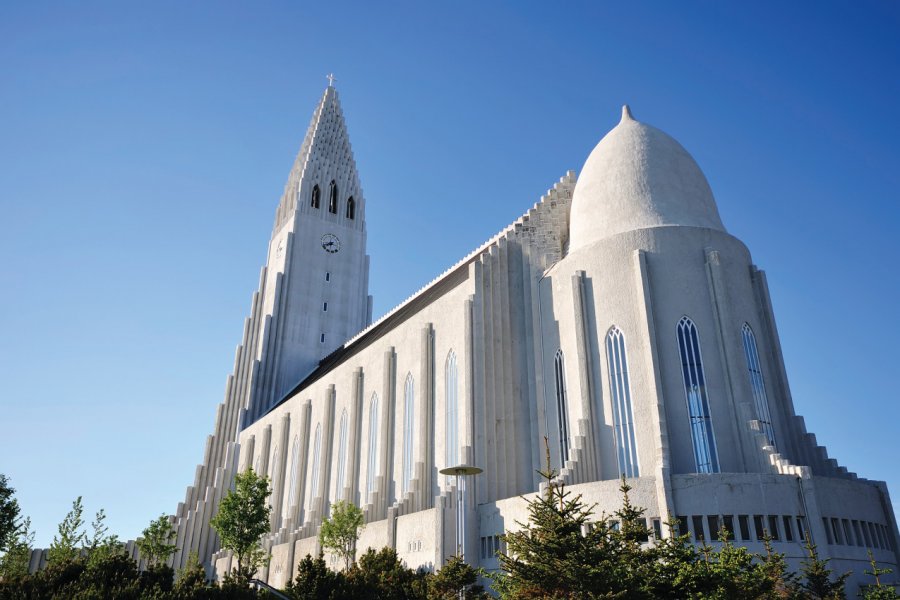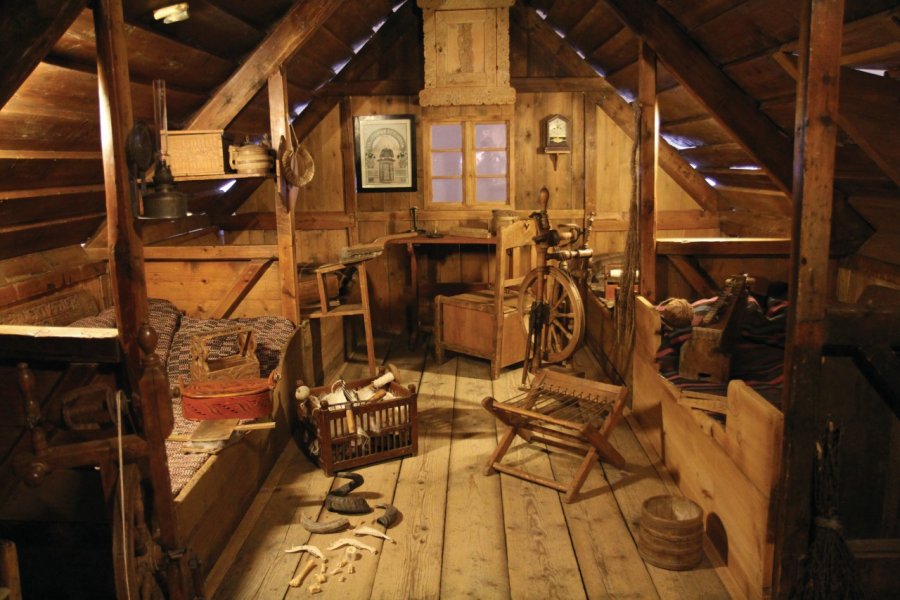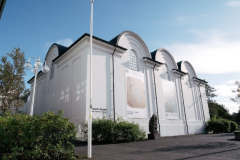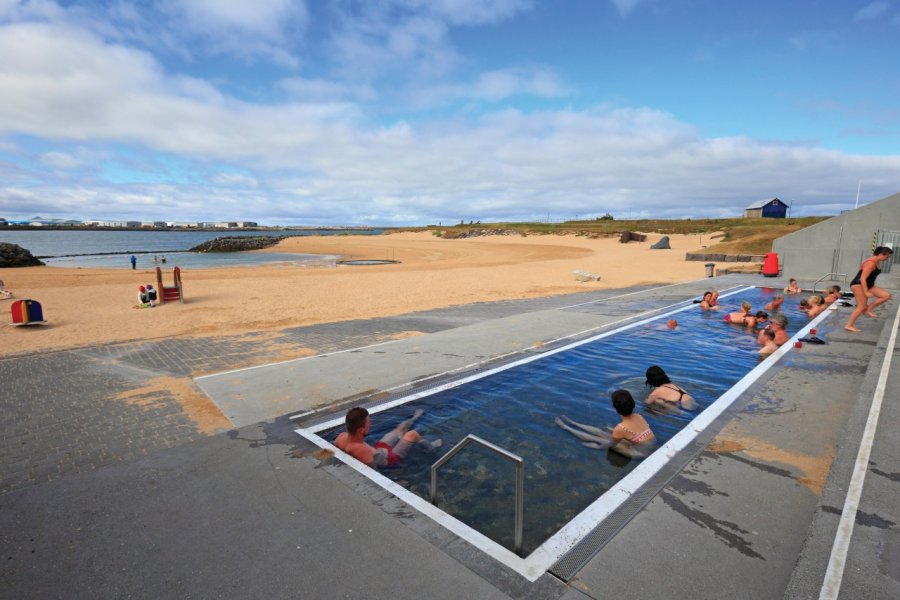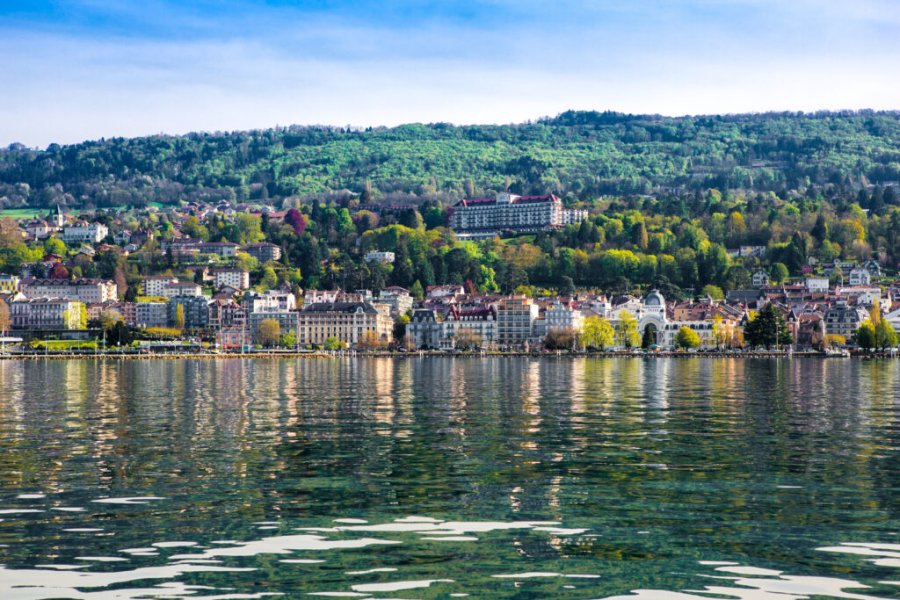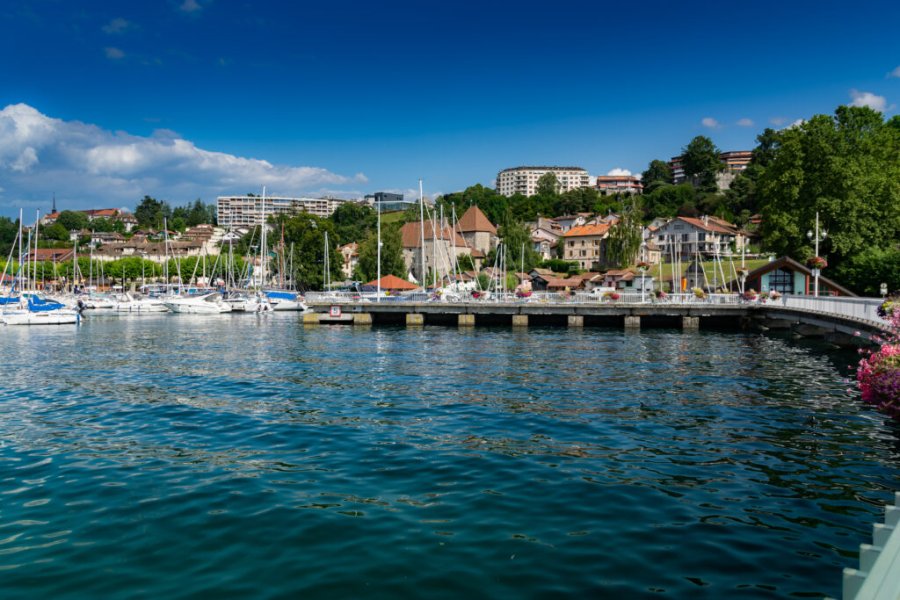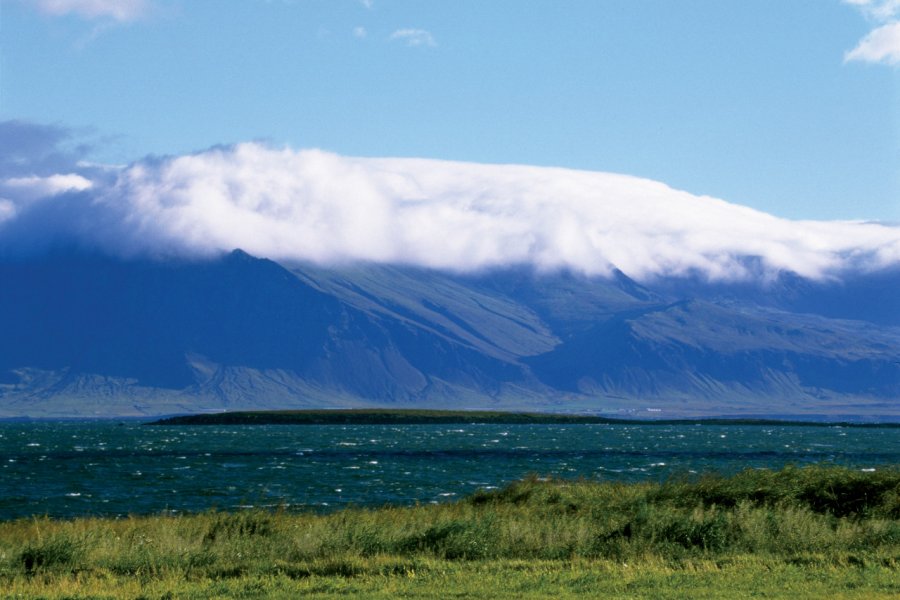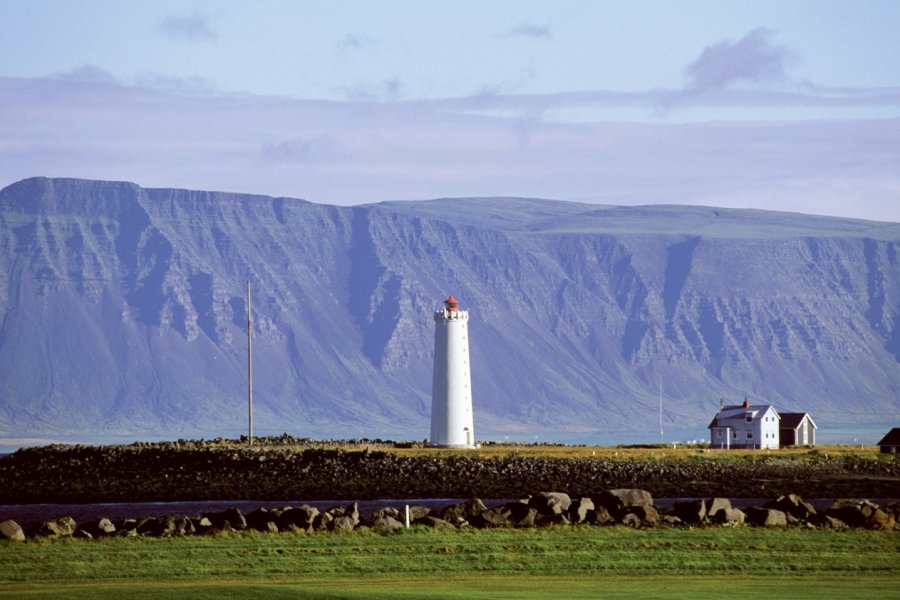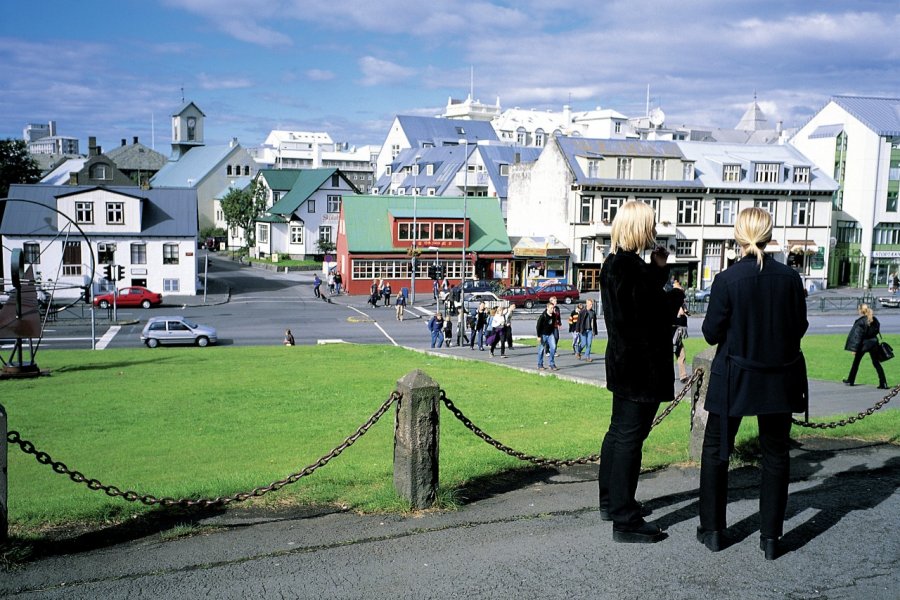Travel Guide Reykjavík
Since the opening of low cost airlines, Iceland and its capital Reykjavík, the northernmost country in the world, has been gaining in visitors. Many of them stay in town. It must be said that the northern city and its 130,000 inhabitants do not lack attractions and will be able to meet very varied expectations. The Reykjavík travel guide will invite you to some unusual experiences that no other city offers in its catalog, from walks in volcanic terrain where geysers and fumaroles release their plume to the moving observation of whales. And what about a swim in hot springs under the midnight sun or the ghostly ripples of the aurora borealis? Without even leaving the center of Reykjavík, the activities are multiple: art galleries for the aesthetes, history museums like the one of the Sagas relating the time of the Vikings of Iceland for the civilization buffs. The lake Tjörnin and its colored houses are perfect for a contemplative stroll, while the Laugavegur street will delight the party people! From the great musical celebrations of the nightless summers to the small, cosy and warm pubs, landmarks of the winter, Reykjavík conceals a thousand secrets that each season allows to blossom.
What to visit Reykjavík?
Suggested addresses Reykjavík
When to go to Reykjavík?
When to go to Reykjavík? Whatever the season, take into account that the weather is constantly changing. Nothing is ever taken for granted in Iceland! The beautiful morning sun can suddenly hide behind a thick fog, the western side of the fjord so sunny can give way to the rainy eastern side, etc. Iceland is visited more and more all year round; and if the summer period represents the big tourist season when everything is open (certainly the best time to go to Reykjavík), the rest of the year benefits more and more from being visited to discover fewer people and new and different atmospheres each time. When to go to Reykjavík? Preferably between May and September, when the city is celebrating and the sun hardly sets. It is at the summer solstice, on June 21, that the midnight sun is at its peak.
Weather at the moment
Reykjavík's weather depends on an oceanic sub-polar climate identical to Greenland. Due to its location on the oceanic edge, temperatures in Reykjavík are never extreme: the average annual temperature is 4.4°C with -0.5°C in January and 10°C in July. However, the wind, which is very present, can cause the temperature to drop significantly. The darkness is almost permanent in winter and the light almost permanent in summer.
The currency used in Reykjavík is the Icelandic Crown. In this country, which is heavily dependent on imports, the cost of living is particularly high. It is one of the richest countries in the world, with one of the highest standards of living. In Reykjavík, the cheapest item will cost much more than in France, and it is therefore necessary to arrive in the country with some savings to go to a restaurant, or simply to stay and move around.
Staying less than 90 days. For any stay of less than 90 days, a valid passport or identity card is sufficient. For Swiss and Canadian citizens, a passport is also sufficient. No visa is required for Reykjavík.
Stay longer than 90 days. In addition to a valid passport, it is necessary to have a certificate of employment from an employer in Reykjavík. It takes about 10 days for the Ministry of Social Affairs to issue a residence permit.
There is hardly any particular precaution to be taken before departure. Although no specific vaccinations are required to travel to Reykjavík, it is recommended to be up to date with your mandatory vaccinations.
Water. In Reykjavík and Iceland, tap water is considered one of the best in the world. Don't deprive yourself of its purity and freshness... especially since bottled water is (obviously) very expensive. In the middle of nature, the white waters of mountain streams are generally of good quality; however, it is advisable to find out about their potability before consumption.
Practical information
- When to travel?
- Weather forecast
- Budget
- Formalities
- Health
- How to travel by yourself?
- How to get organized?
- Getting around
Media
How to go to Reykjavík? Our advice & tips
If the agencies specialized in the stays in Iceland already existed, since the boom of the low cost flights the weekend and short stay packs multiply, proposing to the travelers combined offers (flight + accommodation in Reykjavík) at rather interesting price. According to your departure dates, consult the current offers.
Discover our selection of travel agencies for this destinationThe average price of a return flight from Western Europe to Reykjavik varies greatly depending on the season. The price variation also depends on the company borrowed and, above all, on the time required to book. To obtain attractive rates, it is essential to do so well in advance. Prices are generally cheaper on low cost airlines, although they tend to be as high as those of regular airlines during school holidays.
Flying is a popular means of domestic transportation for Icelanders: almost every city has its own airfield and several major cities are served by local airlines. The domestic airport of Reykjavík, near the city center, should not be confused with the international airport of Keflavík, 50 km from the capital. In the city, outside the old center where walking is adequate, you can use the 23 bus lines that run in Reykjavík, or a cab.

